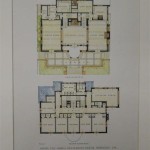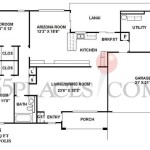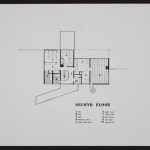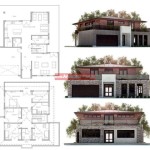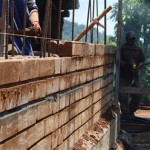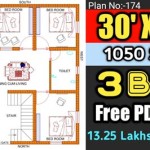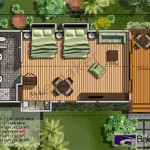Essential Aspects of DIY Toddler House Bed Plans
Creating a DIY toddler house bed is a rewarding project that can provide your little one with a cozy and imaginative sleeping space. However, ensuring that your bed is safe, sturdy, and aesthetically pleasing requires careful planning and attention to detail. Here are some essential aspects to consider when developing your toddler house bed plans:
Safety First: Ensuring a Safe Sleep Environment
Safety should be paramount in your design. Consider the following precautions:
- Bed Height: The bed should be low enough to prevent falls, with a recommended height of 12-18 inches from the floor to the top of the mattress.
- Stable Construction: Use sturdy materials and secure joints to prevent wobbling or collapse. Ensure the bed frame can withstand the weight of your child and any potential climbing or jumping.
- Rounded Corners: Smooth out sharp corners to minimize the risk of injury.
- Non-Toxic Materials: Choose materials that are safe for children, such as untreated wood or eco-friendly paints.
Materials and Construction: Durability and Aesthetics
The choice of materials and construction techniques will impact the durability and appearance of your bed. Consider these factors:
- Wood Type: Pine, plywood, or MDF are popular choices for toddler house beds due to their affordability and ease of workability. For increased durability, consider hardwood options like oak or maple.
- Joinery Methods: Use strong joinery techniques such as dovetails, dowels, or pocket holes to ensure a secure and durable frame.
- Finish: Protect the wood from wear and tear with a child-safe finish, such as a non-toxic stain or paint. Consider adding decorative details like paint or wallpaper to match your child's interests.
Customization: Tailoring to Your Child's Needs
Make your bed tailored to your child's unique preferences and needs:
- Size: Adjust the bed dimensions to accommodate your child's height and provide ample sleeping space.
- Theme: Incorporate your child's favorite colors, patterns, or characters to create a bed that reflects their personality.
- Functionality: Consider adding storage drawers or shelves to the bed frame for easy storage of toys, books, or blankets.
Assembly and Maintenance: Simplicity and Longevity
For a stress-free assembly and long-lasting bed, keep these tips in mind:
- Clear Instructions: Create detailed assembly instructions with step-by-step guidance and clear diagrams.
- Pre-Drilling: Pre-drill holes for screws or nails to prevent splitting or cracking the wood.
- Regular Maintenance: Inspect the bed regularly for any loose joints or damage, and tighten or repair as needed.
The Joy of Homemade: Creating a Special Bed for Your Child
Building a DIY toddler house bed is not just a project; it's an opportunity to create a unique and cherished sleeping space for your little one. By considering the essential aspects outlined above, you can ensure that your bed is safe, durable, and tailored to your child's dreams and imagination.

Diy Kids House Bed Kreg Tool

Free Diy Furniture Plans How To Build A Toddler House Bed The Design Confidential

Toddler House Bed Plans Full Size Diy

Diy Toddler House Bed With Plans Shoe Makes New

Diy Toddler House Bed With Plans

How To Build A Twin Size House Bed Addicted 2 Diy

House Bed Twin Ana White

Full Size Bed Plan With Fence Montessori Kids Diy Toddler Wood Nursery House Modern Floor

Free Diy Furniture Plans How To Build A Toddler House Bed The Design Confidential

Diy Toddler House Bed Frame A Dreamy Big Girl For Ramona

